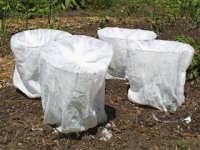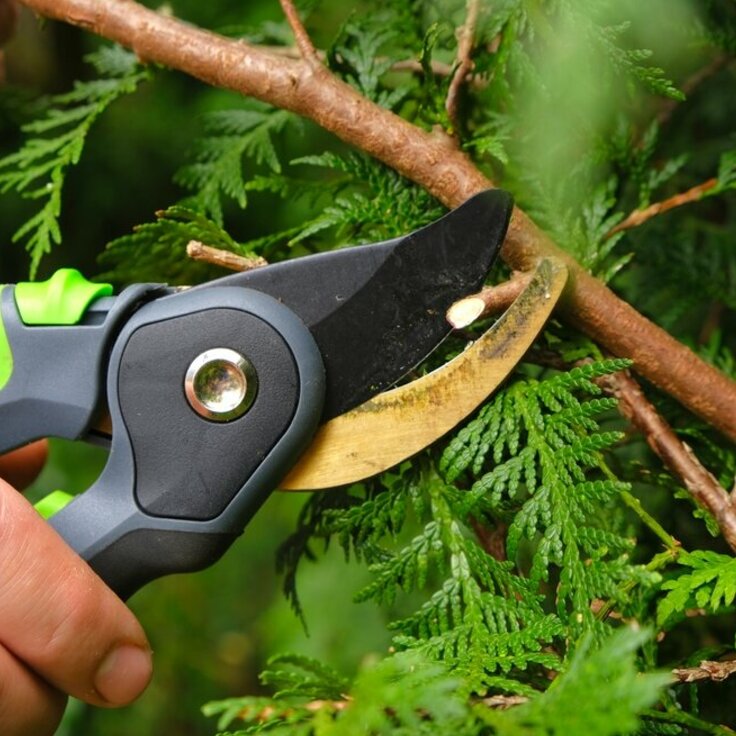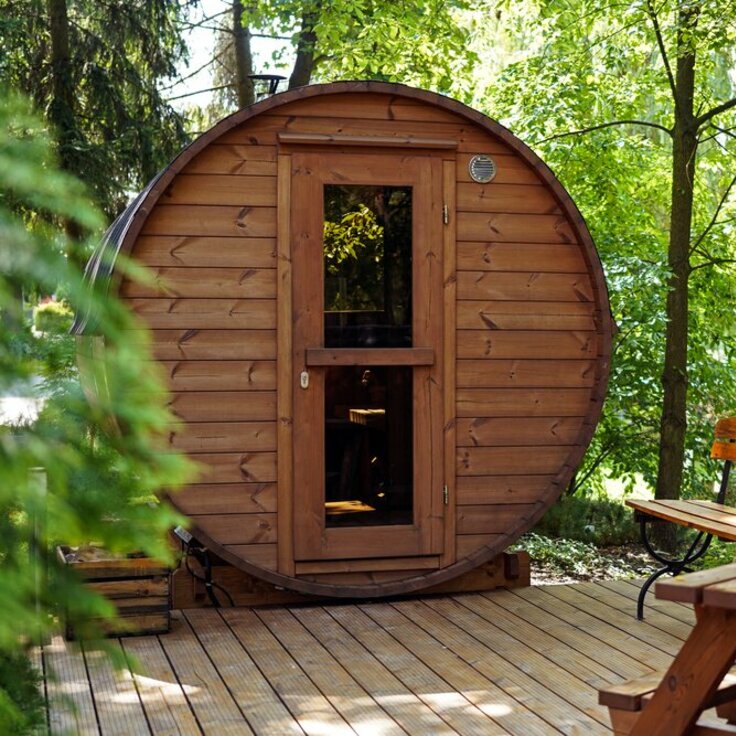More sunlight means more and better quality berries
Strawberries require full sun, no less than six hours a day, and well-drained, sandy soil. More sunlight means more and better quality berries. They will not tolerate drought or standing water. Plant them in the spring as soon as the soil is dry enough to work.
Place strawberries beyond the root zone of large trees
Till and cultivate sod the year before you plant strawberries to eliminate competition from grass. Work in one or two inches of compost or well-rotted manure. Pick a spot that is free from grubs, perennial weeds and disease. Avoid planting strawberries where tomatoes, potatoes, eggplants or peppers have been planted within the last three years. These plants may have infested the soil with verticillium rot which is especially hazardous to strawberry plants. Place your strawberry patch beyond the root zone of large trees so they won’t compete for water and nutrients.
Cloudy day or sunny day?
Plant on a cloudy day or in the late afternoon so the sun doesn’t stress the plants. Make a hole large enough that you can spread the roots out. Make a hill in the center of the hole so that the crown of the plant will be at soil level. Spread the roots over the hill and bury them. Strawberry plants require cool soil to produce the best harvest. Mulch between the rows to keep the soil cool, discourage weeds, and keep the fruit from laying on the soil. Don’t use black plastic as mulch because it will raise the soil temperature. Give the garden and inch or two of water if it hasn’t rained much the previous week.
Protect your crops
Once your garden has begun to set fruit, you will need to put a mesh net over the crop to keep birds from helping themselves to your tempting berries, and they always go for the biggest, juiciest ones! As the berries grow, watch for any showing signs of disease or rot and remove them from the garden.
Harvesting time
Harvest your strawberries when they turn bright red all over. If you’re not sure if they’re ripe, taste one. It won’t hurt to leave them on the plant an extra day or two; they’ll become more flavorful. Don’t pull them off the stem; strawberries bruise very easily and need gentle handling. Break the stem off above the berry and place (don’t throw!) it into a bowl or basket. They like to hide under the leaves so look carefully to be sure you get them all! Pick berries shortly before you plan to use them and don’t leave them at room temperature for more than a few hours. If you can’t use them right away put the unwashed berries in a bowl loosely covered with plastic wrap in the coldest part of the refrigerator.
After your crop is harvested renovate your strawberry garden to prepare it for the next season. Carefully mow the crowns down to two or three inches. Till or hoe between the rows, mulch and all, and reduce the width of the rows to six to 12 inches wide, thinning plants to six inches apart. Fertilize the plants with a balanced fertilizer (10-10-10) at five pounds per 100 feet of row.
Benefit of a well maintained strawberry patch
In colder climates, before the temperature drops to 20 degrees, cover the crowns of the plants with several inches of straw or pine needles to protect the leaves from frost. In the spring when the leaves begin to turn yellow gently rakes off the mulch into the space between the rows and fertilize and maintain the plants as in the previous season. A well-maintained strawberry patch may last five years, but if after three or four years the plants or berries begin to diminish in quality or quantity start a new strawberry patch in a new location.








